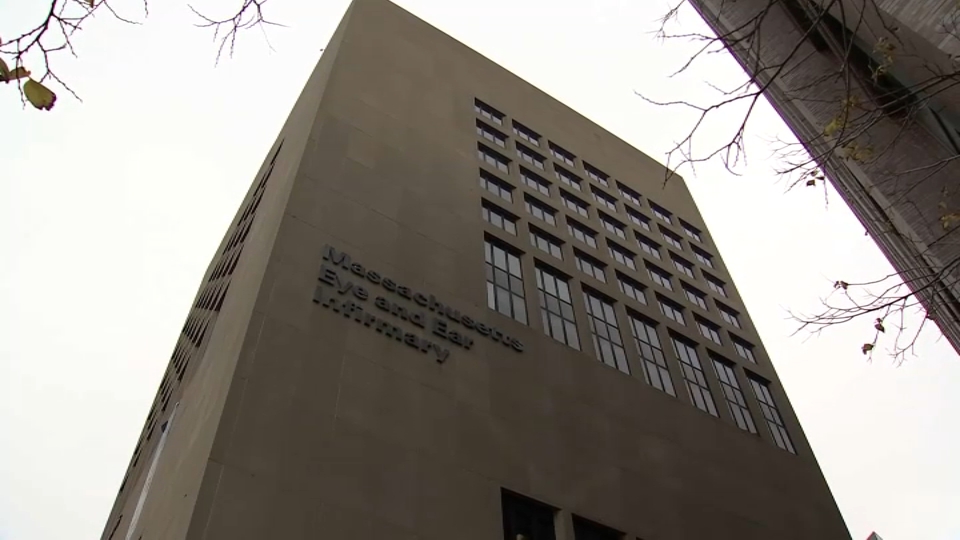The universe holds untold wonders, including a pair of far-away planets that seem a lot like two in our solar system, but with atmospheric twists.
Scientists at MIT are part of a team that recently unveiled two newly discovered alien worlds in our Milky Way galaxy: one billed as a "puffy Jupiter," with the consistency of cotton candy, and another that's the size of Earth but likely missing an atmosphere. MIT professor of planetary science Julien de Wit helped hunt down both of these planets.
WATCH ANYTIME FOR FREE
Stream NBC10 Boston news for free, 24/7, wherever you are. |
"We don't really know what these puffy, hot Jupiters are made of or what make them so low density," de Wit said of newly found WASP-193 b.
Get updates on what's happening in Boston to your inbox. Sign up for our News Headlines newsletter.
The massive gas giant planet is an unusual find, de Wit explained. It's larger than Jupiter, but has just 14% of its mass, leading to the "puffy" description and comparison of its atmosphere to cotton candy.
The exoplanet's unique characteristics leave researchers with a lot of questions.
"The next step is going to be diving into the atmosphere of this planet with the James Webb Space Telescope," de Wit said, "to try to understand what's really the composition, what's happening with the temperature there, what could be behind this planet being so big and yet so low in density?"

Astronomers first got an inkling that something was there nearly 20 years ago, from light in the area periodically being blocked. But it took years for scientists to nail down the puffy Jupiter's existence, due its low density.
Shortly after announcing details about WASP-193 b, de Wit's group announced another interesting find: an Earth-sized planet that may not have an atmosphere, called SPECULOOS-3 b.
Get updates on what's happening in Boston to your inbox. Sign up for our News Headlines newsletter.
That lack of atmosphere could pose for some interesting research possibilities, de Wit said.
"We get to actually study what the surface of these worlds are made of," de Wit said. "We can use spectroscopic studies to get an understanding of what kind of lava is there, what kind of crystal structure you'll find on the ground, and so forth.
"And so we get to a point where we can do geology but for worlds that are a few tens of light years away," de Wit continued.
Since the 1990s, astronomers have discovered more than 5,000 planets outside of our solar system, and de Wit is excited for what the future of astronomy holds. He said that as technology becomes less expensive, planets can be more easily discovered, especially as more amateur astronomers contribute to the research.
de Wit hopes that learning more about new planets will help us to understand more about ours.
"We get to understand how planets form, planets evolve, through studying other atmospheres," de Wit said. "We get to improve our understanding of our own climates ... it's like a set of mirrors that helps us reflect back on us."
The MIT research team worked with scientists at the University of Liège in Belgium, as well as other astrologists, on both projects.



